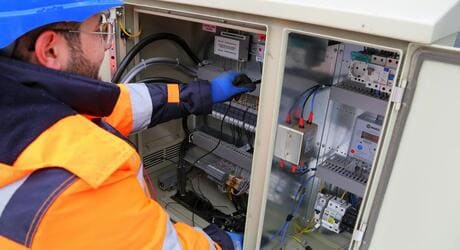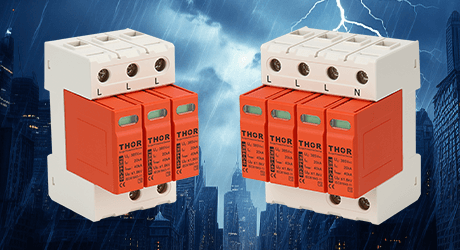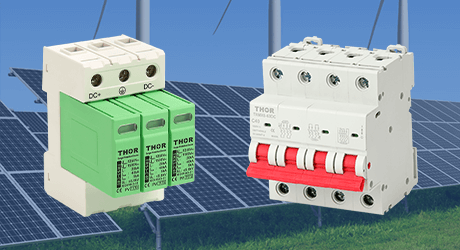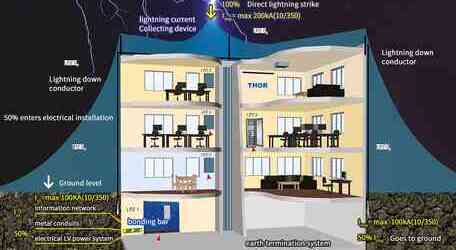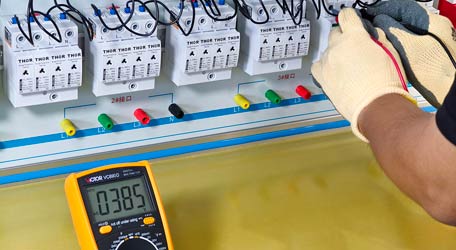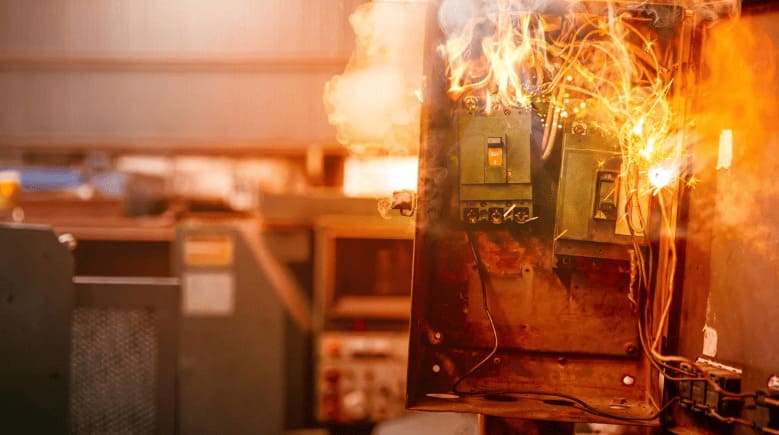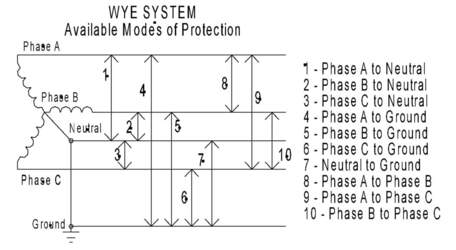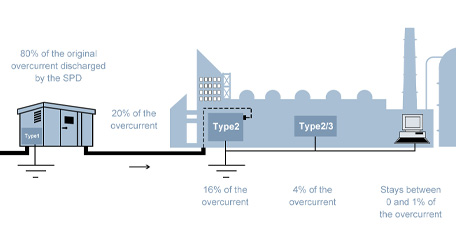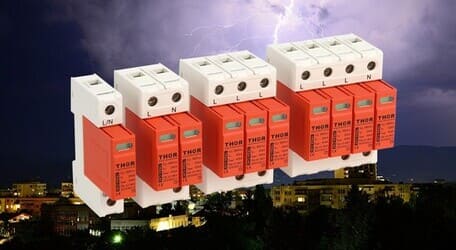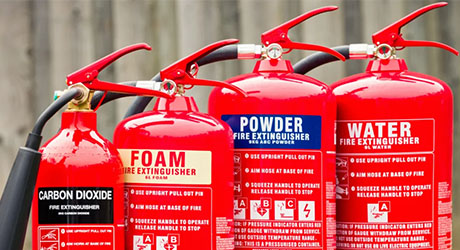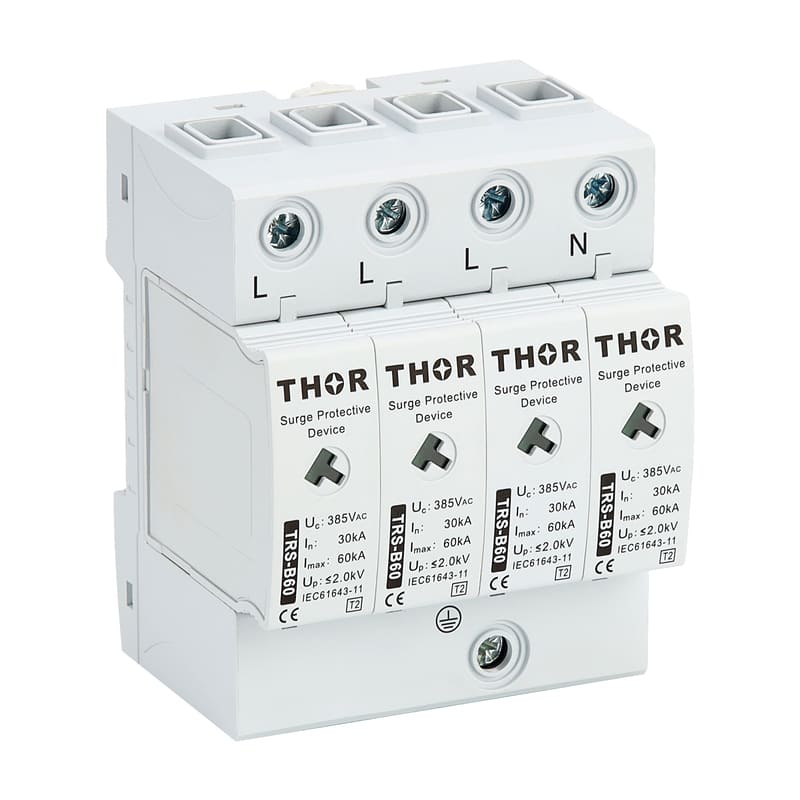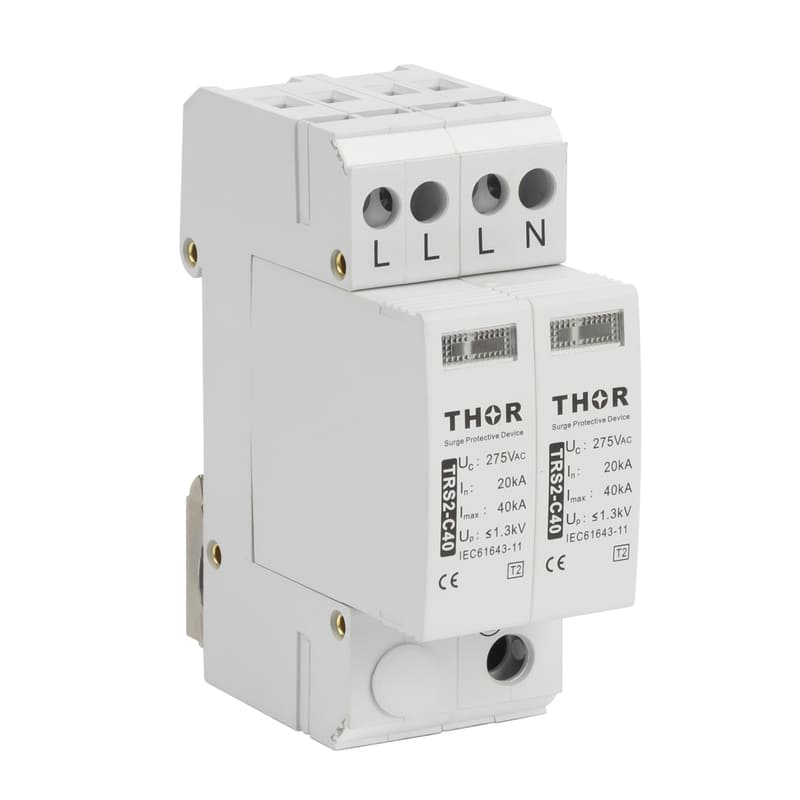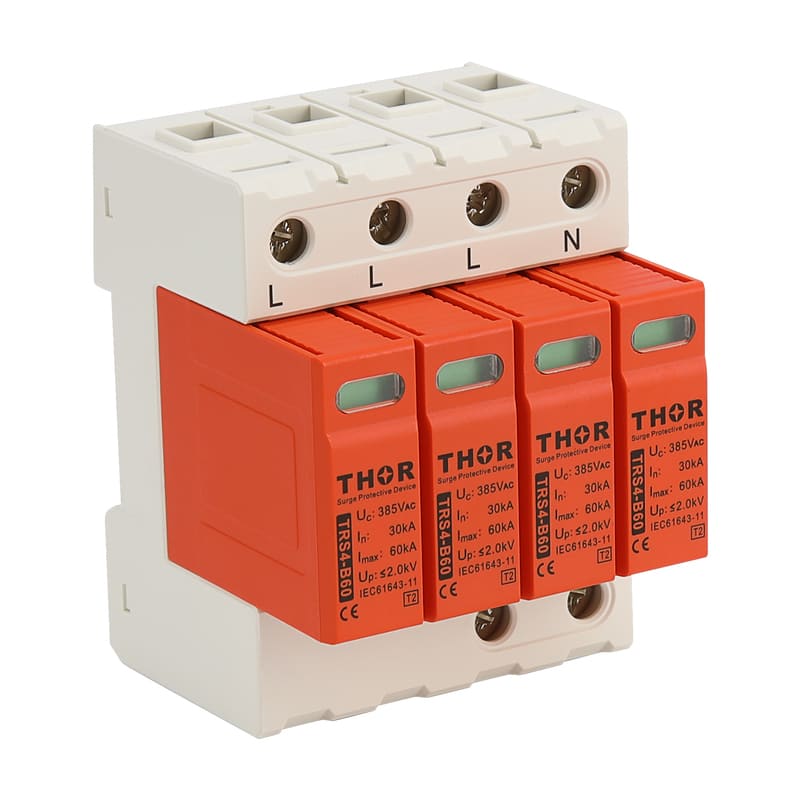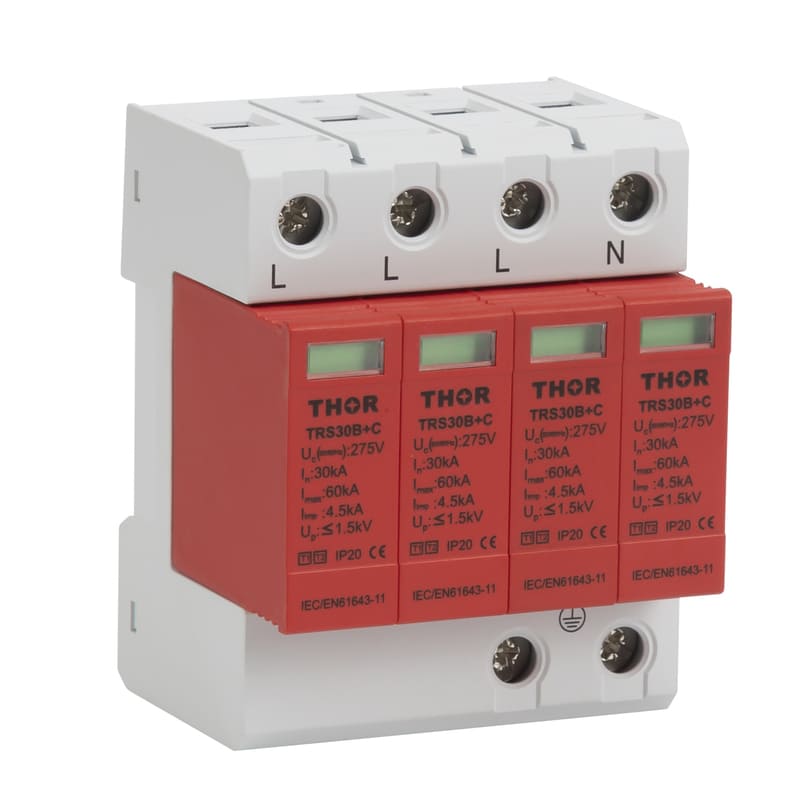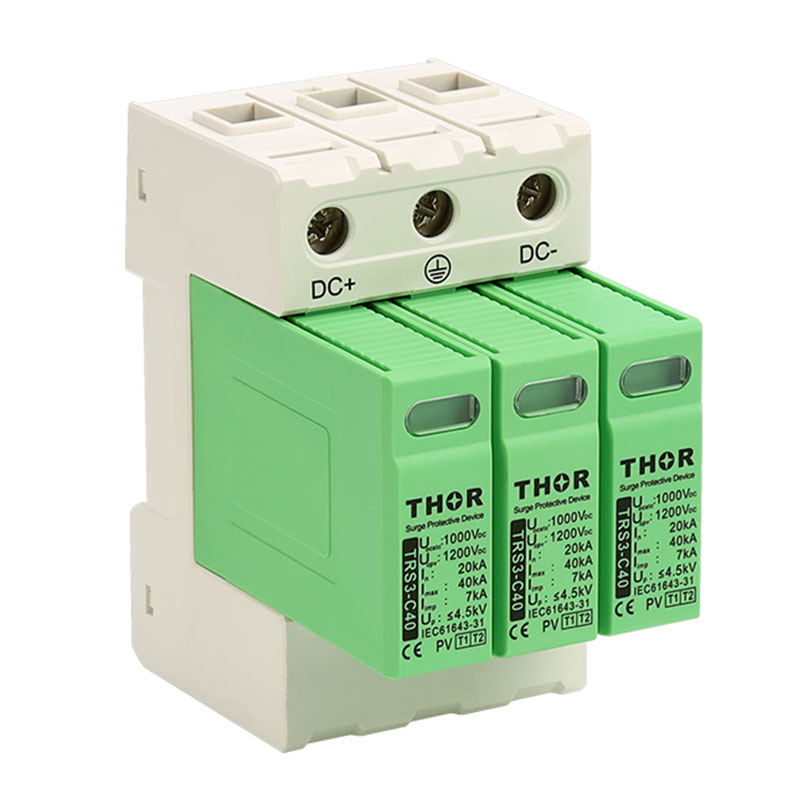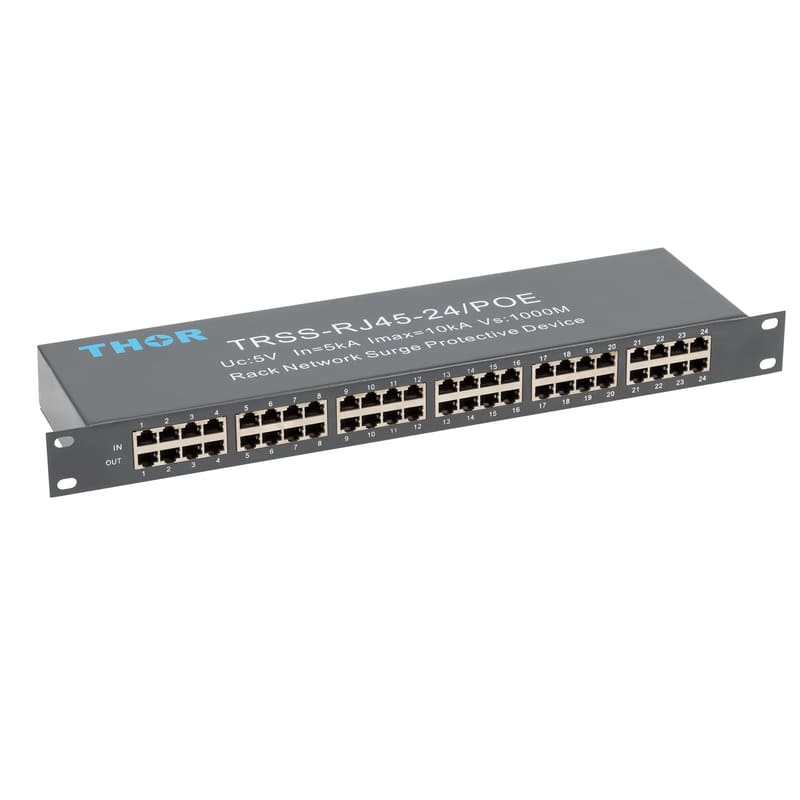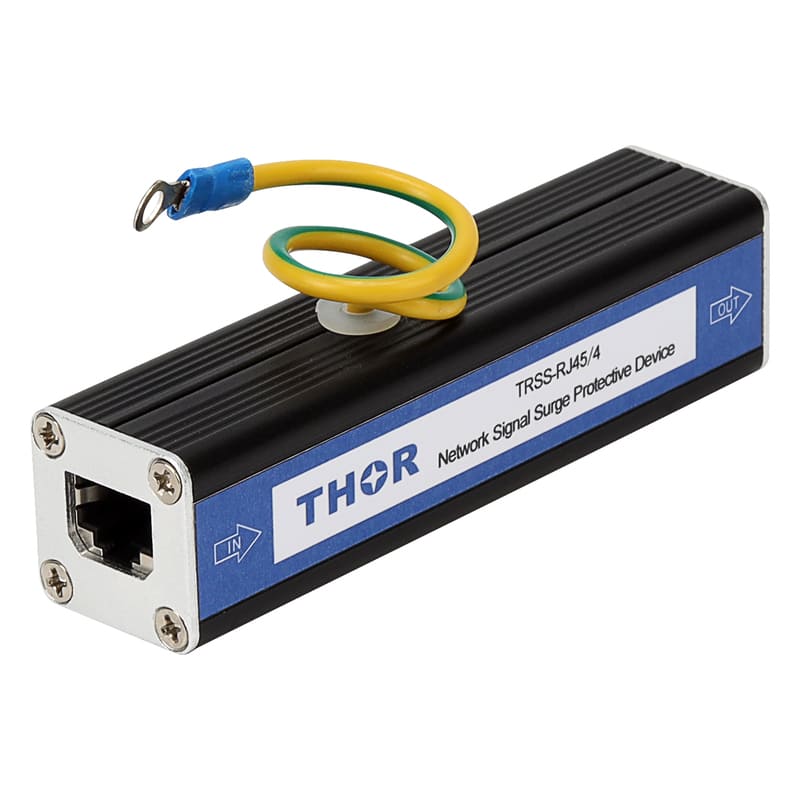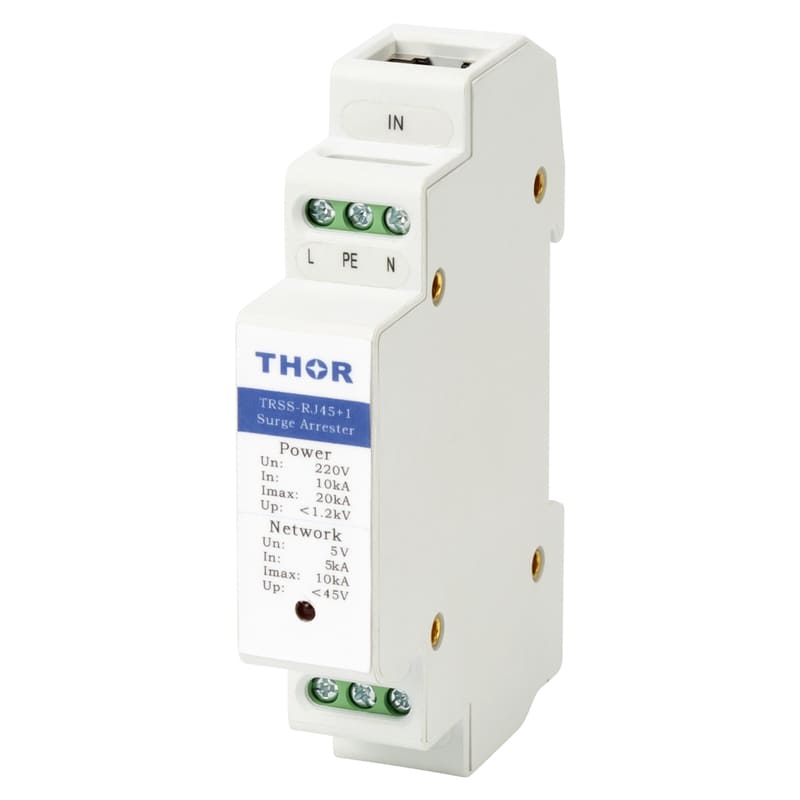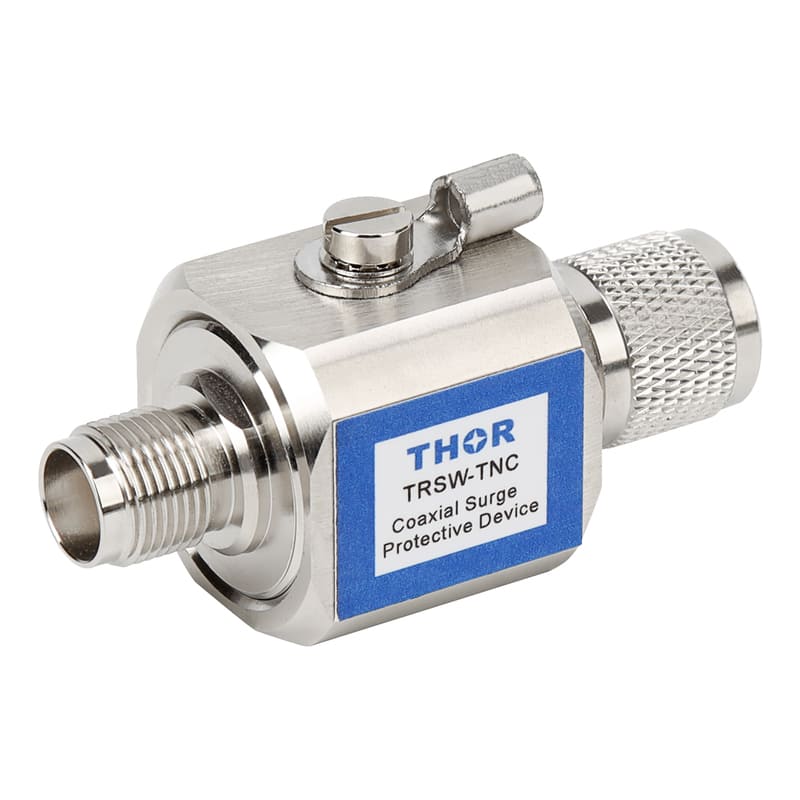Thunderbolt's Choice
Different locations in the same area have different levels of lightning activity. Statistics and experiments on a large number of lightning accidents have proved that there are certain rules for the location of lightning strikes and the parts of buildings that are struck by lightning. These laws are called the selectivity of lightning strikes. . The statistics of lightning accidents in my country show that 23.5% of lightning strikes occurred near rivers, lakes, ponds, swamps and wet areas, 15% occurred near trees, fir poles, and flagpoles, and 15% occurred near chimneys, radio antennas, and television sets. Antenna hits accounted for 10%, in addition, 10% occurred at the junction of paddy fields and well-conductive soil, and ball mine accidents accounted for 5%.
When the lightning leading channel goes down to 20~30m from the ground or the top of the building, the main discharge occurs at the spire (or tip) of the object below the thundercloud, breaking down the air gap between the thundercloud and the ground. The probability of flashback discharges occurring above ground protrusions is greatest because the concentration of conductive particles is greatest near the tip of the ground conductor, where the electric field is strongest. Therefore, objects that protrude higher from the ground are more likely to be struck by lightning.
Usually lightning strikes are affected by the following factors.
1. It is related to the geological structure, that is, it is related to the resistivity of the soil
If the resistivity distribution in the soil is uneven, the place with low soil resistivity is vulnerable to lightning strikes, while the soil with high resistivity and more rock content is much less likely to be struck by lightning; at the junction of soils with different resistivities The lot is vulnerable to lightning strikes. Lightning strikes often occur in areas with metal deposits, river banks, groundwater outlets, and areas where hillsides border water surfaces (or paddy fields). This is because during the discharge process of the lightning leader, the pilot current in the soil flows along the path with a small resistivity; while the rock and soil surface with a high resistivity is only induced by the charged thundercloud to accumulate a large amount of electricity related to the thundercloud. corresponding opposite charges.
Because the soil with low resistivity has good conductivity, it is easy to provide a low-impedance path for lightning current, such as large salt fields, river beds, ponds, reed ponds, etc. Buildings located in these areas are vulnerable to lightning strikes. Where there is a sudden change in soil resistivity, such as the junction of rock and soil, the junction of hillside and paddy field, lightning strikes mostly fall on the soil or paddy field. It is more likely to be struck by metal conductive deposits (such as metal mines) underground and denser metal pipelines.
2. Related to the facilities on the ground
All facilities that are conducive to the establishment of a good discharge channel between thunderclouds and the ground are more susceptible to lightning strikes, which is an important factor affecting the selectivity of lightning strikes. In the wilderness, even if the building is not very high, because it is relatively isolated and protruding, the building is more vulnerable to lightning strikes.
The hot gas column and smoke from the chimney sometimes contain conductive particles and free air masses, which are easier to conduct electricity than ordinary air, which is equivalent to increasing the height of the chimney, which is one of the reasons why the chimney is prone to lightning strikes.
The structure and internal equipment of the building are also related to the development of lightning: buildings with metal structures, factories with a lot of metal objects inside, or houses with frequent damp inside have good electrical conductivity, so they are more likely to be struck by lightning; in addition, large trees, Dead and old trees, power lines, overhead wires and other elevated metal pipes are also vulnerable to lightning strikes.
3. Terrain and surface features
From the perspective of terrain, any terrain that is conducive to the formation and encounter conditions of thunderclouds is more likely to be struck by lightning. The east and south slopes of mountains in most parts of my country are more susceptible to lightning strikes than the north and northwest slopes, and the flat land in the mountains is more susceptible to lightning strikes than canyons. From the perspective of the geographical location of the buildings, the towering buildings in the building group and the isolated buildings in the open area are more likely to cause lightning. For areas near mountains and water, the thunderstorm corridor formed by low-lying wet places on the water side and the special terrain of mountain passes or tuyere is vulnerable to lightning strikes.
From the perspective of ground features, the hubs and terminals where the railways are concentrated, and the corners of the overhead lines of high-voltage transmission lines are prone to lightning strikes because they are prone to generate a large amount of induced charges.
4. Conditions of the building structure and its attached components
The amount of electric charge that can be accumulated by building structural materials directly affects the frequency of building lightning. When there are many steel bars in the building structure, such as walls, slabs, beams, columns, and foundations, it is easy to accumulate a large amount of charge. In addition, metal roofs, metal structures, elevator rooms and water tanks are also places where a large amount of electric charge is accumulated. In addition, protruding objects attached to buildings, such as TV antennas, flagpoles, and metal poles on the roof, are easy to receive lightning. The flue, ventilation pipe, skylight and the chimney and exhaust pipe of the factory that discharge conductive fue are also prone to flashover. The large metal equipment installed inside the building and the overhead and underground metal pipelines leading into the building can accumulate a large amount of charge.
Statistics and research on historical data of lightning disaster accidents prove that there is a certain pattern in the location of lightning strikes. The parts that are vulnerable to lightning strikes are as follows. ① Flat roof and slope: Roof less than or equal to one-tenth: eaves corner, parapet and eaves; ② Roof with pitch greater than one-tenth and less than one-half: roof corner, ridge, eaves corner and eaves ; ③ Roofs with a slope greater than 1/2: roof corners, ridges and eaves corners; ④ Building (structure) roof protruding parts, such as chimneys, pipes, billboards, etc.
Today Thor lightning protection belt everyone fully understands the selectivity of lightning strikes, we can carry out more effective lightning protection according to the lightning strike location and the rules of the parts of the building subjected to lightning strikes, and choose more suitable lightning protection equipment, so as to achieve reduction The occurrence of lightning accidents and the purpose of reducing economic losses. In the past 18 years in the field of lightning protection, Thor Lightning has provided customers with high-quality lightning protection solutions and services. Our team will be your most reliable partner!

